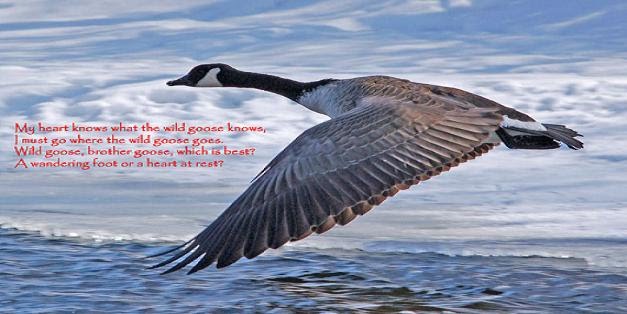Hurricane Isaac may have played havoc on the Republican National
Convention in Tampa, but the storm passed across Cuba before heading into the
Gulf of Mexico. I thought it might be a good time to talk about our first trip
to Cuba. It’s a country that, when you merely mention the name let alone
consider visiting there, most people gasp, blurt out “isn’t that illegal”, and have that look on their face that says you are freaking nuts. First, we aren’t
totally nuts just slightly weird. Second, it’s not illegal to go to Cuba; it’s
just illegal to spend American dollars there.
Cuba. It’s an
elusive paradise only 91 miles from Florida yet as foreign and mysterious to
most Americans as Outer Mongolia. We decided we wanted to sail Wild Goose to
Cuba, so we asked permission from the US Coast Guard to depart US territorial
waters and enter into enemy territory. Yes there is a form for that and, within
fifteen minutes of faxing our request, we received permission. This was 1999,
prior to 9/11 and Homeland Security, and the Coast Guard just didn’t seem to
care if we went to Cuba.
Feeling rather
smug, off we sailed south toward the forbidden land of Cuba. It was an easy
overnight sail and by morning we were getting close but still couldn’t see
land. We were about twelve to fifteen miles from the island when we heard a
message being repeated over and over in Spanish on our VHF radio. It seemed to
be getting a little louder and a little more urgent each time.
“Oh my god,
Mark. I think they’re calling us! I think they’ve been calling us for some time
now,” I said. “Do you think they’re about to send out gun ships or airplanes to
strafe us?”
“Perhaps you’re
being just a little dramatic,” Mark said, ever the calming force between us.
“Just answer them. You’re the radio operator, remember?”
I was
considering resigning my post radio operator (a title Mark gave to me and
referred to as RO) when Mark handed me the radio mike. “Tell them we’re about
twelve miles out heading for Marina Hemingway.”
Great! Like my
Spanish is actually adequate for this? I grabbed the radio mike marveling how
he always seemed to weasel out on these radio things, took a deep breath and
did my best. Spanish spoken with an American southern accent must be peculiar,
to say the least. I’m sure there were
Cuban’s sitting in an office just snickering at my dreadful attempt.
There was an
immediate response. We thought we heard the Spanish word for approach and something that amounted to
an office or building called an edificio.
I responded “Si, gracias”, wishing I really knew what was said. We raised our
small Cuban visitors flag along with the obligatory yellow quarantine flag and
headed towards the sea buoy marking the outer entrance to the channel into
Marina Hemingway.
We lowered our
sails, started the engine and slowly entered the narrow channel. Along the
bulkhead several men dressed in olive green military uniforms pointed us in the
direction of a dock. At least they weren’t pointing guns at us, so we continued
desperately hoping we had all of the appropriate paperwork to check into the
country.
 |
| Channel entering into Cuba |
Cuba is a
country steeped in paperwork, a hold over from their relationship with the
Soviet Union. Every inspection, check-in, checkout, or movement of the boat
must be documented with three carbon copies. It doesn’t matter that you just filled
out the same papers yesterday or five minutes ago, they patiently, but firmly,
sit there filling them out again while you sit there answering the same
questions-again.
We satisfied the
Guarda Frontera (Cuba’s border guards), the Immigration Officer and the
Agricultural Ministry in a mere two hours after numerous quantities of paper
each hand stamped, a quick insecticide spray, and an inspection of every
cabinet on the boat. Only one casualty; fresh eggs were not allowed. We must
surrender them or boil them. I boiled them.
We were released
to travel onto Marina Hemingway and throughout the country. Cuba is a wonderful
island country to visit and we highly recommend it. Cuba sizzles. The people
are engaging, the culture is complex and the scenery is splendid.
I’ll be
writing more about Cuba in other blog posts, but if you have any questions,
don’t hesitate to send me an email. If you like this blog post, you can make a comment in the Comment block at the bottom of this page, email it to your friends, or by clicking on the share button at the top and put it on your Facebook or Twitter.
Cheers!
Bunny



